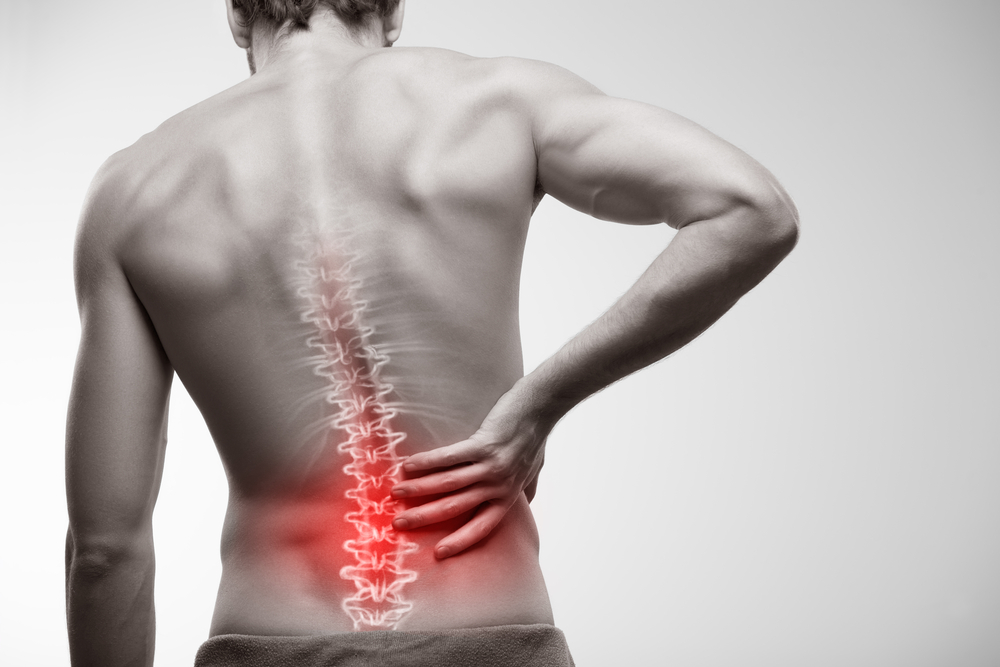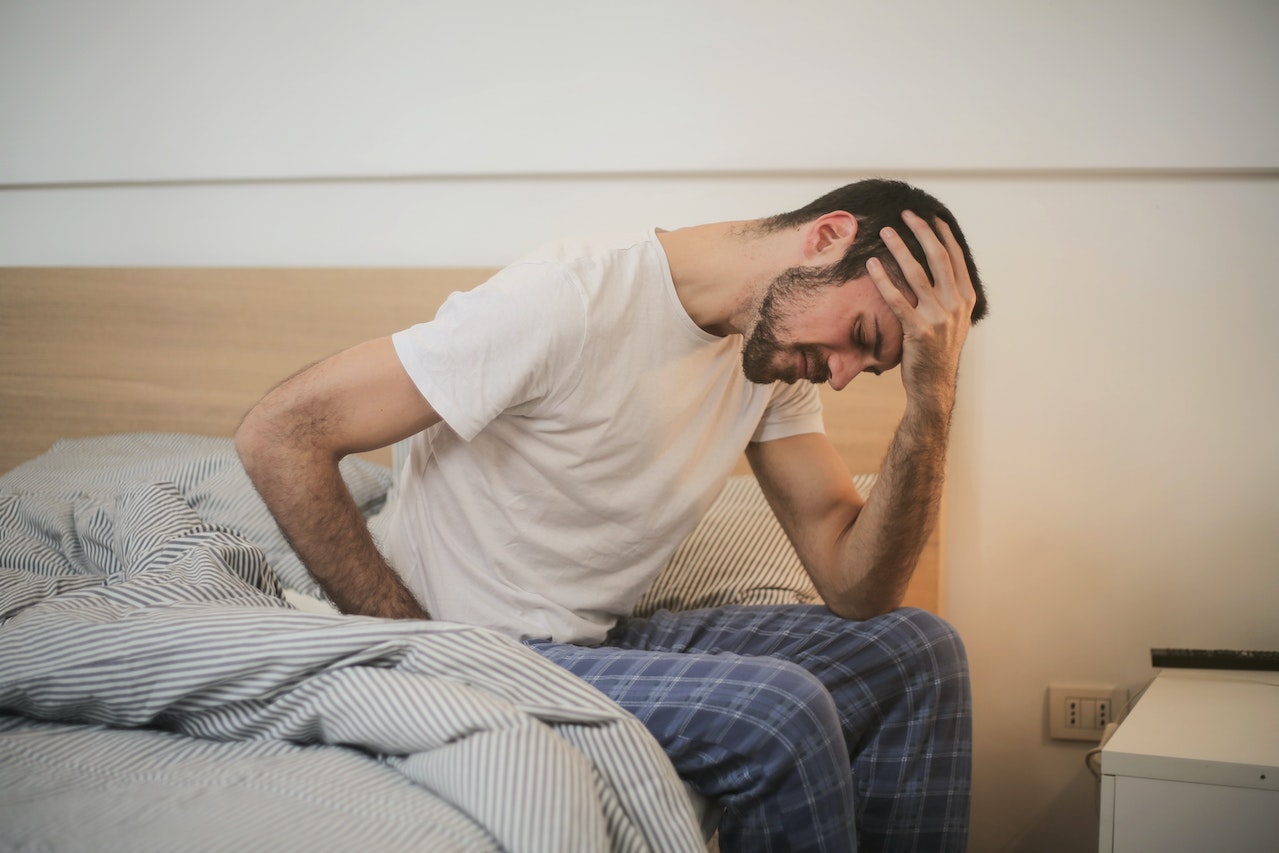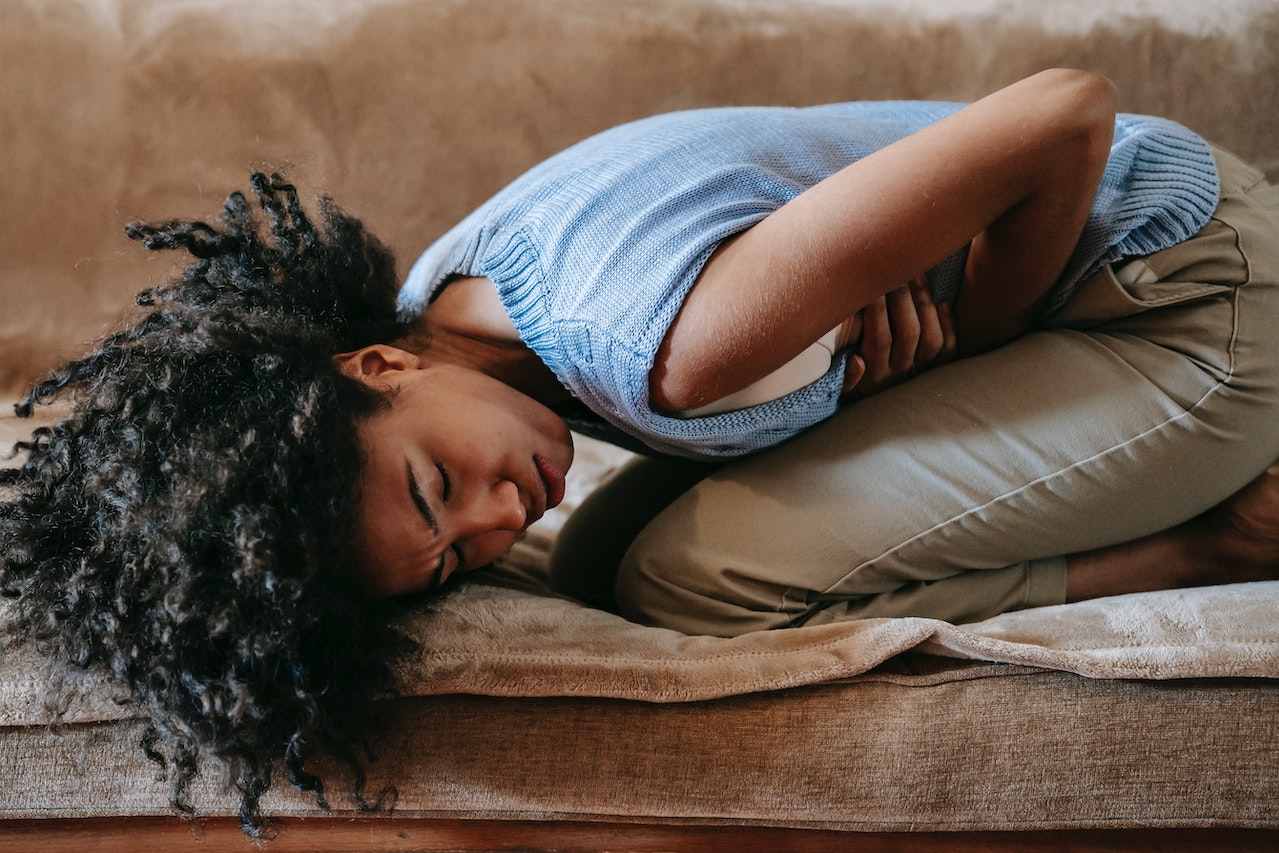Nine Solutions for Back Pain You May Not Have Thought Of


Because back pain can be overwhelming, keeping people from work and school, many turn to muscle relaxers as their first choice for immediate relief. These are a broad class of drugs that include non-benzodiazepine antispasmodics and antispastics. In 2020, prescriptions in the U.S. exceeded 30 million as a frequently prescribed treatment.
Drugs Aren’t Always The Answer For Back Pain
Unfortunately, research has shown that these drugs might reduce pain intensity temporarily, but long-term relief is minimal. Researchers in Australia studied muscle relaxers, analyzing evidence from 31 trials involving more than 6,500 participants. They found that non-benzodiazepine antispasmodics could increase the risk of adverse events such as dizziness, drowsiness, headache, and nausea and might have little to no effect on treatment.
They concluded that although some patients may gain a worthwhile benefit, more controlled trials are needed to resolve the uncertainties about the efficacy and safety of muscle relaxants for back pain. (2)
There are a number of treatment options for back pain that do not include drugs or surgery. Traditionally, physical therapy and chiropractic have been used for years. However, there are several modalities that can be helpful and non-invasive that you might try.
Nine Alternative Solutions For Back Pain
Electrical nerve stimulation for back pain
This procedure has been proven to correct the source of the pain, not just the symptoms. Electrical nerve devices stimulate nerves and muscles in order to strengthen and rehabilitate them. Benefits include:
- Strengthen deep spinal stabilizing muscles
- Reduce inflammation
- Heal damaged tissues by increasing blood flow to the area
- Improve musculoskeletal health and function
- Long term relief
- Easy to use at home
Treating back pain with traction
The principle behind traction is to stretch the muscles of the neck and back allowing space between the vertebrae. This releases any pressure in the spine providing immediate relief. There are numerous devices available for at-home use that are lightweight, portable, and user-controlled. Before buying, be sure to research which might be best for you.
Meditation for back pain
Mindfulness meditation, often referred to simply as meditation, is a popular and safe complementary mind-body approach that helps train the mind in nonjudgmental attention to experiences of the present moment. It has great potential as a therapy for back pain including helping with depression and anxiety, common in people with chronic back pain.
According to the US Department of Veterans Affairs, mindfulness meditation has been used for decades to treat chronic back pain. (3)
One study published in March 2016 in the Journal of the American Medical Association found that “After one year, people who attended meditation classes were more than 40 percent likely to show meaningful improvements in their pain and daily activities compared to people who sought conventional care for their aching backs.”
These findings were based on 342 adults who suffered from persistent low back pain for as much as seven years or longer. (4)
Meditation is also involved in other relaxation techniques such as breathwork, guided imagery, yoga, and hypnosis which have also been used to treat back pain. (5)
Treating back pain with acupressure
Used for thousands of years in China, acupressure applies the same principles as acupuncture. It is a non-invasive procedure often thought of as acupuncture without the needles. Acupressure works by placing pressure on specific points on the body to release qi or blocked energy. This technique requires precision because there are 365 points located on the major meridians or energy channels of the body in addition to another 650 individual pressure points elsewhere.
Biofeedback to alleviate back pain
This technique is used to control some of your body’s functions. For back pain, it can help you make subtle changes in your body to relax certain muscles which may be causing you pain. During biofeedback, you are connected to electrical sensors that help you receive information about your body. For muscle pain, sensors are placed over your skeletal muscles with an electromyograph (EMG) to monitor the electrical activity that causes muscle contraction.
Using computer graphics, the devices then help you master stress by helping you to pace your breathing, relax your muscles, and think positive self-statements about your ability to cope. (6)
Laser therapy for back pain
Photons of light from lasers penetrate deeply into tissue and accelerate cellular reproduction and growth. As a result, the cells of tendons, ligaments, nerves, and muscles are repaired faster thus alleviating pain more quickly.
Researchers have noted multiple biochemical and physiologic effects of laser irradiation. These include the lowering of inflammation, pain modulation, and accelerated tissue healing making laser therapy safe and effective. Chronic back pain patients will usually respond best to 3 or 4 treatments per week of 10 to 20 minutes per session. (7)
Treating back pain with inversion therapy
In theory, inversion therapy takes gravitational pressure off the nerve roots and disks in your spine and increases the space between vertebrae while you are hanging upside down.
This therapy can be temporarily helpful for chronic back pain. However, back pain sufferers should check with their doctor before trying this therapy as it is not beneficial for everyone especially if you have high blood pressure, heart disease, or glaucoma, because hanging upside down for more than a couple of minutes causes your heartbeat to slow and your blood pressure to increase. (8)
Lifestyle changes for back pain
These include having an ergonomic chair and desk either at work or home; a proper mattress; and avoiding or moderating stretching or bending activities that aggravate your back.
Diet changes for back pain
Inflammation can cause back pain. The types of food you eat can affect how much inflammation you have. Creating an anti-inflammatory diet with foods that help you maintain good nutrition is important in managing back pain. Michael Perry, MD, chief medical director and co-founder of Laser Spine Institute says this means a healthy mixture of mainly plant-based foods. This diet has been shown to reduce inflammation in cartilage in the spinal column. (9)
As you can see, there are numerous ways to address the problem of back pain in everyday life, and drugs don’t have to be one of them. Try one or more of these 9 solutions for back pain and you’ll likely find yourself moving through your days a little more pain-free.
Sources
- Rubin D.l. Epidemiology and Risk Factors for Spine Pain. Neurol Clin. 2007; May;25(2):353-71.
- https://www.studyfinds.org/muscle-relaxers-back-pain/
- https://www.va.gov/WHOLEHEALTHLIBRARY/tools/mindfulness-meditation-for-chronic-low-back-pain.asp
- https://www.webmd.com/back-pain/news/20160322/meditation-may-help-ease-chronic-low-back-pain
- https://www.webmd.com/pain-management/guide/stress-relief-for-pain
- https://www.mayoclinic.org/tests-procedures/biofeedback/about/pac-20384664
- https://www.practicalpainmanagement.com/treatments/complementary/lasers/therapeutic-laser-treatment-chronic-low-back-pain
- https://www.mayoclinic.org/diseases-conditions/back-pain/expert-answers/inversion-therapy/faq-20057951
- https://www.everydayhealth.com/news/can-good-diet-fight-back-pain/









